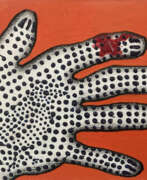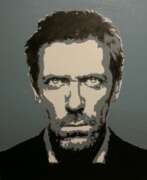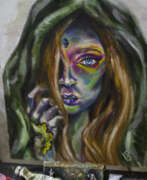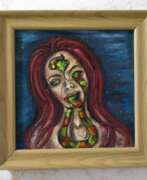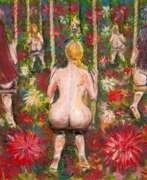Op art
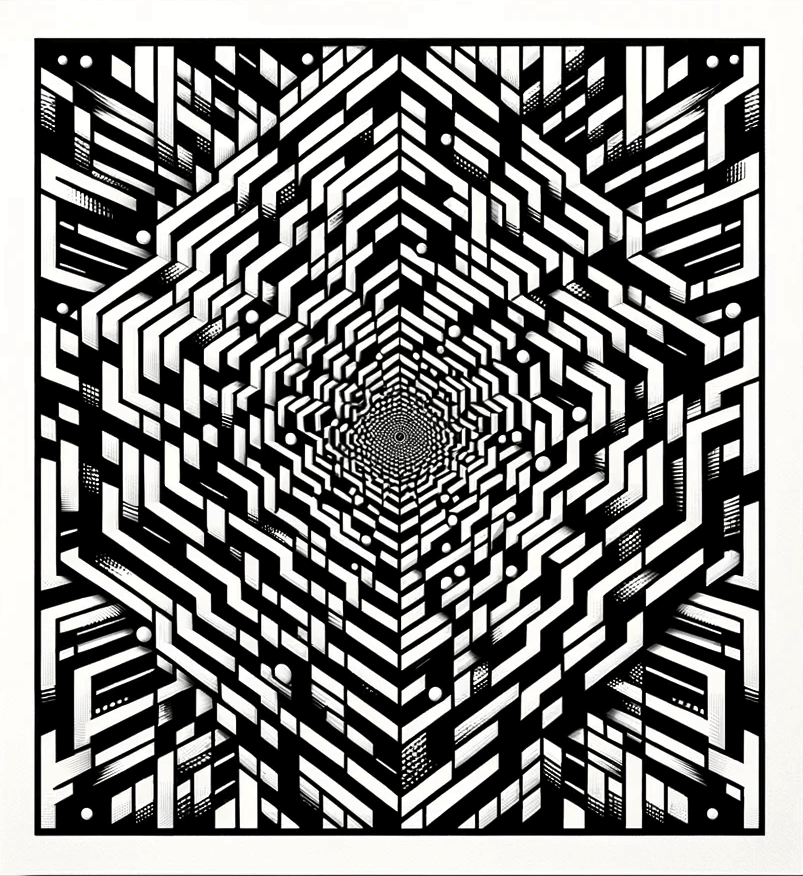
Op art
Op art, short for optical art, is an abstract form of art known for its use of optical illusions. Originating in the mid-20th century, Op art became prominent for its engaging visual effects that manipulate spatial perception. This movement, spearheaded by artists like Victor Vasarely and Bridget Riley, creates an interactive experience where artwork seems to move or blur, challenging the viewers' visual perceptions.
The specialty of Op art lies in its ability to create movement and depth on a flat surface, using patterns, contrast, and color relationships. These pieces often consist of black and white or bold color combinations, resulting in images that appear to vibrate or pulsate. The art form gained significant attention with The Responsive Eye exhibition at the Museum of Modern Art in New York City in 1965, which showcased a variety of Op art works to a wide audience.
Collectors and connoisseurs of Op art appreciate the unique way it activates visual engagement. Works by Vasarely and Riley, among others, are often featured in museums and galleries worldwide, underlining the transformative impact of Op art on the observer. By signing up for updates, enthusiasts can receive notifications about new sales and auction events, ensuring they remain connected to the pulsating world of Op art.
| Country: | Europe |
|---|---|
| Start of the period: | 1955 |


